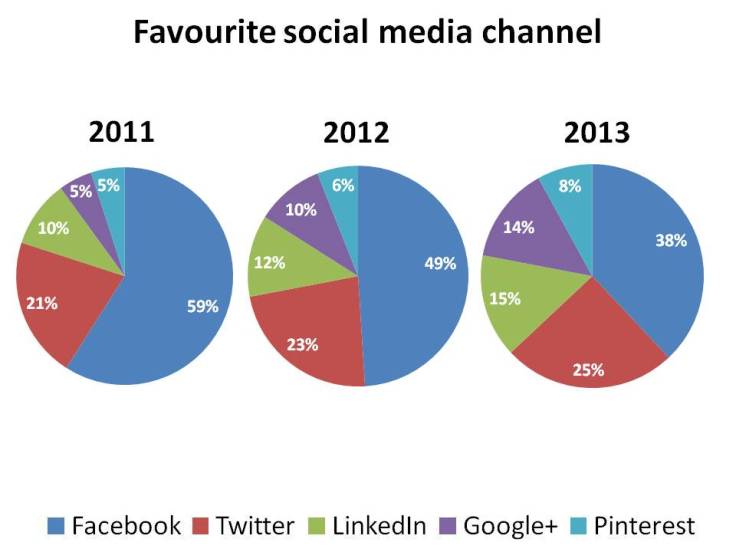I made this post because recently some people have been asking me about IELTS. How hard IELTS is and whether one can learn by himself and get a satisfactory result or not. I’m writing this post definitely not because I’m an expert but because I somehow manage to achieve a score that gets me into one of the postgraduate program in University of Manchester.
I believe that most people are now already familiar with IELTS so I’m not going to explain about it anymore. I will just head straight to the test (how you do it) and my learning method. Now let’s start with the most frightening part of the test (at least i thought so, before i learned the tricks) : writing.
There are two tasks in writing section. The first one is more like describing a graph, table, chart, or process and the second one is explaining your idea and opinion towards a specific topic. You need to write at least 150 words for the first task and 250 words for the second one. Please note that the scoring weigh is heavier in task two.
Let’s take a deeper look at task one. The key point here is to show the assessor that you could understand a graph and are able to explain it to other people in words. The idea is how other people can understand the graph without seeing it. Now ,just think of a moment where you should explain something. The first thing you got to do is to give an overview about what you’re going to explain, right? So, it’s important to give an overview, what the graph is about, in what period of time, how many variables there are, and so on.
Below is an example of pie charts.

Remember, first thing you must do is to describe the pie chart in general. Here’s an example :
The pie charts show user’s preference on social media channel throughout 3 years period, from 2011 until 2013. Social media channels accounted on the charts are Facebook, Twitter, LinkedIn, Google+, and Pinterest.
Voila, now your reader knows what kind of data that you’re going to explain. It’s already 32 words, almost one third to the total words that you have to write and it’s only the beginning!
The next important thing is the conclusion of the graph. The big highlight, one fact that represent the picture. I tend to use the big number as a conclusion because it stands out the most. In this case, i think that would be the fact that Facebook won the competition from year to year.
Overall, Facebook was the most favorite social media channel for three consecutive years although the percentage fell gradually from one year to another. It started with 59% while in 2013, only 38% of respondents agreed that they like Facebook better than other social media websites.
Conclusion done, now you have to work on the rest. It’s pretty simple and easy. Just write down what’s available in the chart. Make sure you put on some numbers and describe the changes from time to time (if it’s time basis).
Twitter ranked just below Facebook with a huge gap in 2011. The gap was getting tinier from year to year as the percentage of twitter’s fan consistently increased from 21% to 25%. The similar pattern happened to the rest of social media channels. LinkedIn continued to attract more people and achieved 15% enthusiasts in 2013. Google+ and Pinterest started with the same percentage in 2011 and Google+ popularity rapidly increased while Pinterest was not having the same pace. Google+ started with only 5% in 2011 and it rose to 14% in 2013. It became the social media with highest increase among the others.
Now you got a beautiful 150 words (or more) for your writing task one. Please do practice a lot as it will improve your ability to find the main point faster and also to write faster (this is so important)!
To wrap up the task one discussion, these 4 points are essentials and you should not miss them :
- Plan your writing : what’s the highlight, what’s the conclusion, and how you’re going to describe the whole graph/table/chart/process
- Use the correct sentence (past, present, or future) : the charts show year 2011, 2012, and 2013 which are obviously already happened in the past. So, use past tense.
- Do not make any assumption : everything you write, it has to be the fact! Do not add up any information which you made by yourself.
- Try to use various words, do not repeat the same word too often.
Good luck, XO


29 August 2015 at 7:37 am
Great. Thx for sharing Mbak 🙂
LikeLike
1 September 2015 at 10:38 am
you’re so welcome, Kinanti. semoga bermanfaat yah 🙂
LikeLike